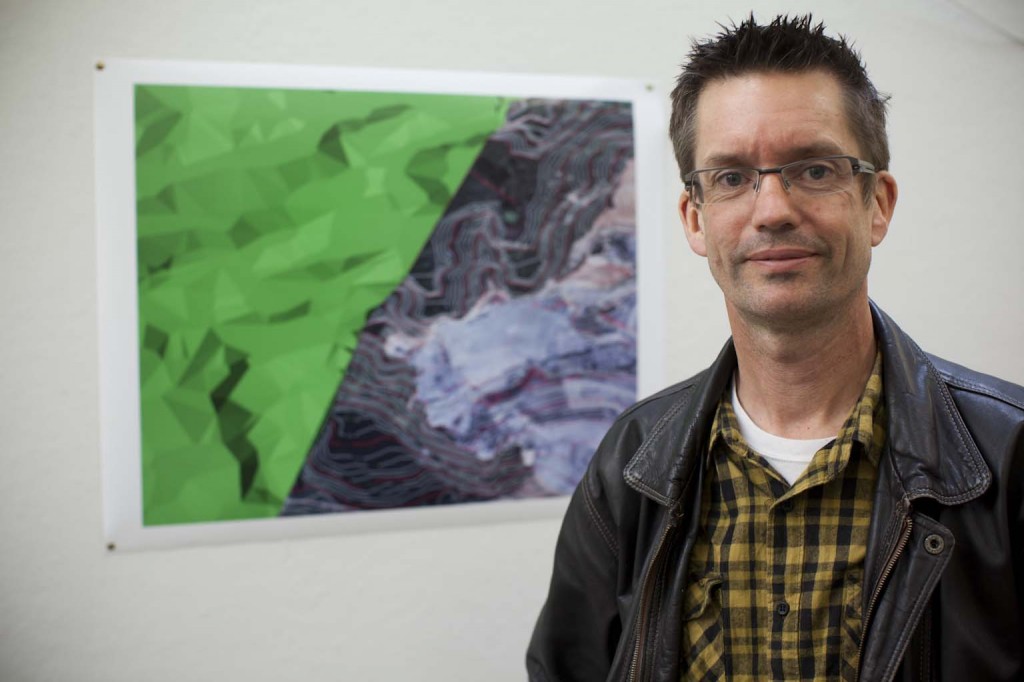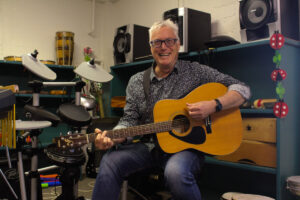Hamilton photographer exhibits work at Belgian gallery
Local documentary photographer David Cook’s Rotowaro exhibition opens in Belgium this Friday, September 16 – but he won’t be there to see it.
Photographer David Cook’s 27-year obsession with a Huntly coal mine has gained him international exposure.
He first began snapping the Rotowaro open cast mine in 1984 – and now a collection of his photographs is being displayed in a gallery in Genk, Belgium.

Cook started documenting Rotowaro, after it first became known that an entire village would have to be dismantled and all the inhabitants moved, to make way for the mine.
The resultant series of photographs document the social and environmental impact of coal mining.
“Photographing Rotowaro has become a bit of a passion of mine. It was one of those projects that I started out not knowing how big it would come. It’s just continued and it hasn’t stopped for me.
“I feel compelled to keep going back and see how the place keeps changing.”
Genk’s Coalface gallery is a platform for documentary photography displaying industrial and post-industrial areas from a local context featuring local and international artists.
David said he took his idea to them after hearing about the gallery from a tutor at Wintec.
“Planning began towards the end of last year. I emailed them with a link to my website, a few prints, and went from there,” he said.
Coalface got back to David and asked if he wanted to do an exhibition with two other photographers from outside of Europe.
The exhibition, Overburden, displays the current state of mining, but also the abandoned carbonisation works – the only reminder still standing of the old mining village.
“Mining is still very active there, but this is another chapter in my story of Rotowaro. I’m looking at the landscape that was once a mining village with over 400 people living there.”
The land has changed and David has documented it being contoured, grass and pastures planted, and even forestry development begun.
“It did take some negotiation to even take photos at the site. I had to be escorted at all times by a miner, with my steel capped boots and my hard hat,” he laughed.
To capture the change over time David also has set up a projected film which acts as a window into Rotowaro in the 1980s.
“It’s a montage of small clips from home movies, people’s personal collections, family snapshots and some of my photographs from that time. There are even drawings from children,” he said.
“The exhibition has two components: 17 prints showing the recent state of Rotowaro landscape, and secondly the projected film.
“The film is a work produced through montaging old archival material – it doesn’t have anything to do with my recent visits to the site.
Unfortunately there are limitations to having the work displayed so far away and David will not be able to travel to Genk.
“It’s on display from September 16 to November 6, but the budget didn’t let me go over to see it.”
David Cook’s work can be seen at Coalface Gallery in Genk – or on www.davidcook.co.nz.
Rotowaro, about 10 kilometres west of Huntly, is the second largest open cast mine in New Zealand, and is used to feed the Huntly power station and Glenbrook steel mill.




